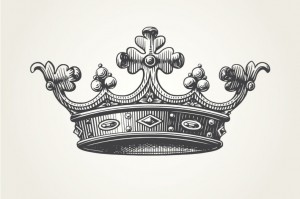Able Engraving highlight some frequently asked questions on etching, for all you need to know including the differences between etching and engraving services, costs and time to carry out the work.
 Q1. What is etching?
Q1. What is etching?
Etching is the process of using strong acid or mordant to make prints, designs or pictures on a metal plate, glass, etc. It involves printing a design onto an acid-resistant material which is placed on the metal.
Q2. What is the difference between etching and engraving?
Etching and engraving are both printmaking methods that involve cutting lines into a hard surface. The primary difference between the two is that the former is a chemical process while the latter is a physical process.
Etching uses acid to produce lines and crevices on the surface of a metal plate. In engraving, the artist uses a sharp, metal tool to cut lines into a metal surface.
Q3. What metals can be etched?
A host of metals can be etched. Typical metals include brass, bronze, Traffolyte, aluminium, steel and stainless steel, copper and copper alloys, nickel and nickel alloys and titanium and its alloys.
Q4. What metal sizes can be etched?
Etching can easily be performed on thin sheet metals between 0.010″ and 0.030″. The thicker the metal sheet, the longer the process takes meaning metals with a thickness value above 0.030″ are uneconomical to etch.
Q5. What are the tolerances?
The printmaking process can achieve dimensional tolerances of +/-15% of thickness, with a minimum of +/-.0015″. Tighter tolerances can be quite uncomfortable and can reduce yield which has an impact on costs.
Q6. How accurate is the etching process?
Etching services are highly accurate and are used to produce high precision metal parts. As mentioned above, standard etching can achieve tolerances of +/-15% of the thickness, to a minimum of 0015″. Customers are advised to partner with Able Engraving & Design early in the design stage so a suitable etching technique can be used to meet their etch requirements.
Q7. What detail level can etching achieve?
The minimum standard level of detail achievable is 0.1 mm. With development, finer features can be achieved in the etching process. The process can also produce very precise etched features at the time the metal is being profiled. This increases complexity without increasing costs.
Q8. How much does etching cost?
Cost varies depending on the thickness of the material and the size of the component. You pay by the sheet and not by the part.
Q9. How long does etching take?
Our etching services for etched signs have lead times of approximately 3 to 15 days depending on the quantities required and capacity. However, we can supply urgent orders quicker.
